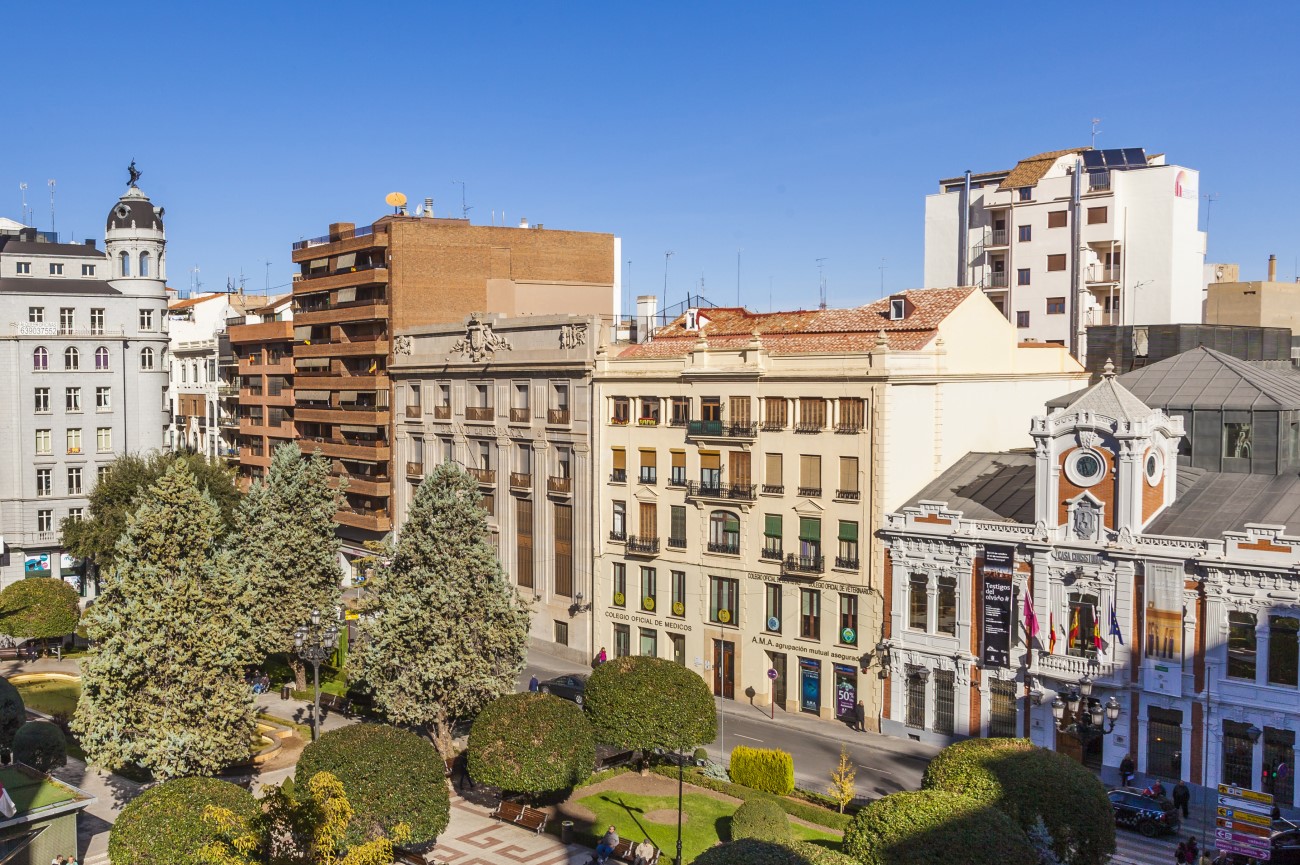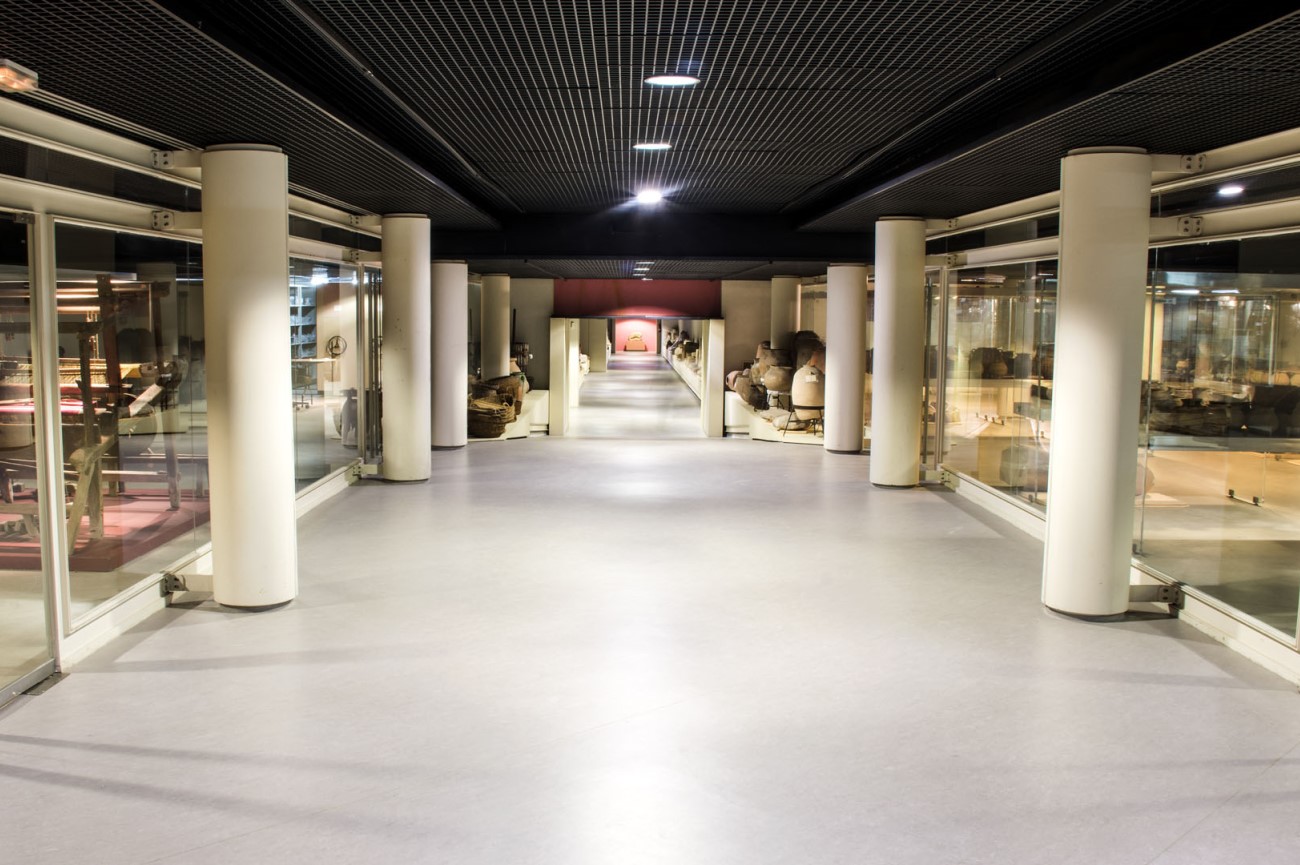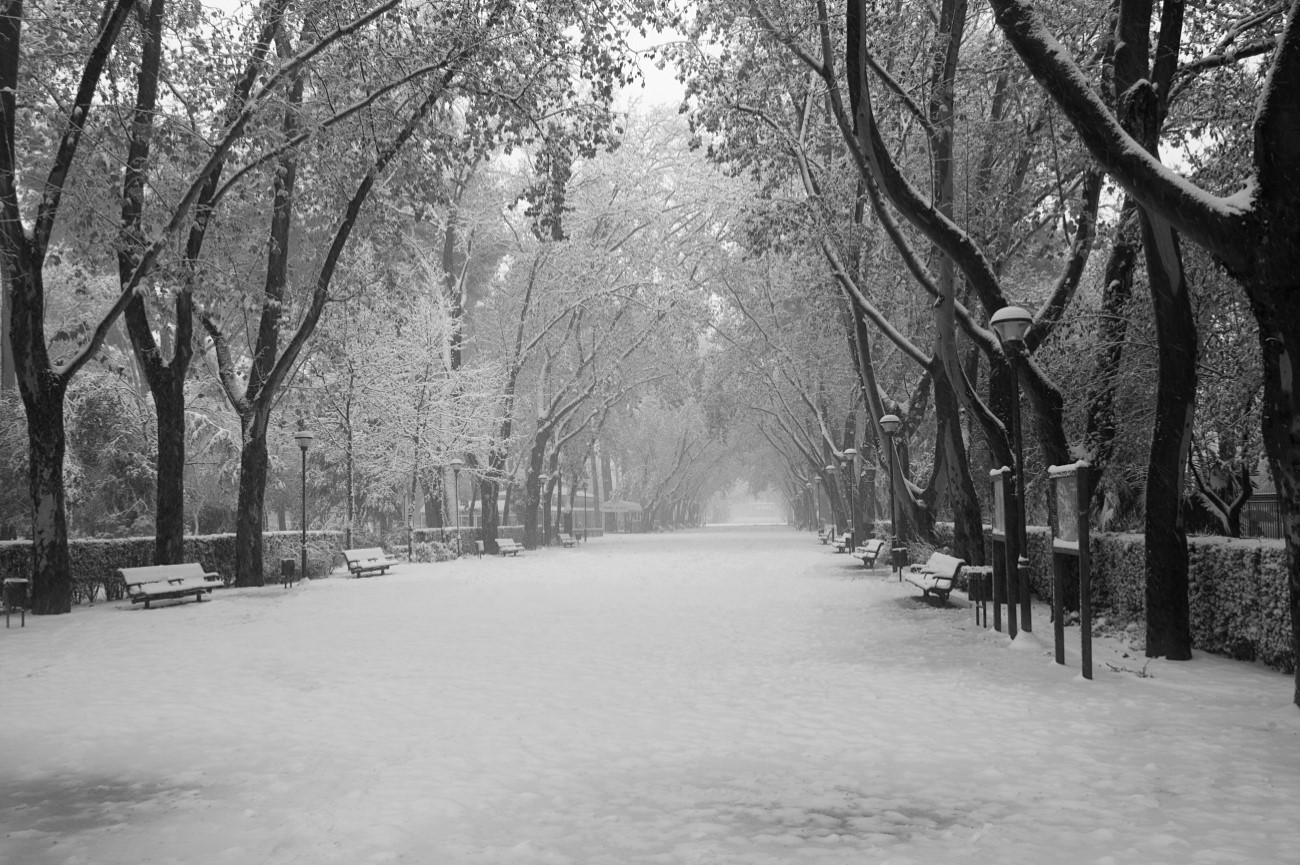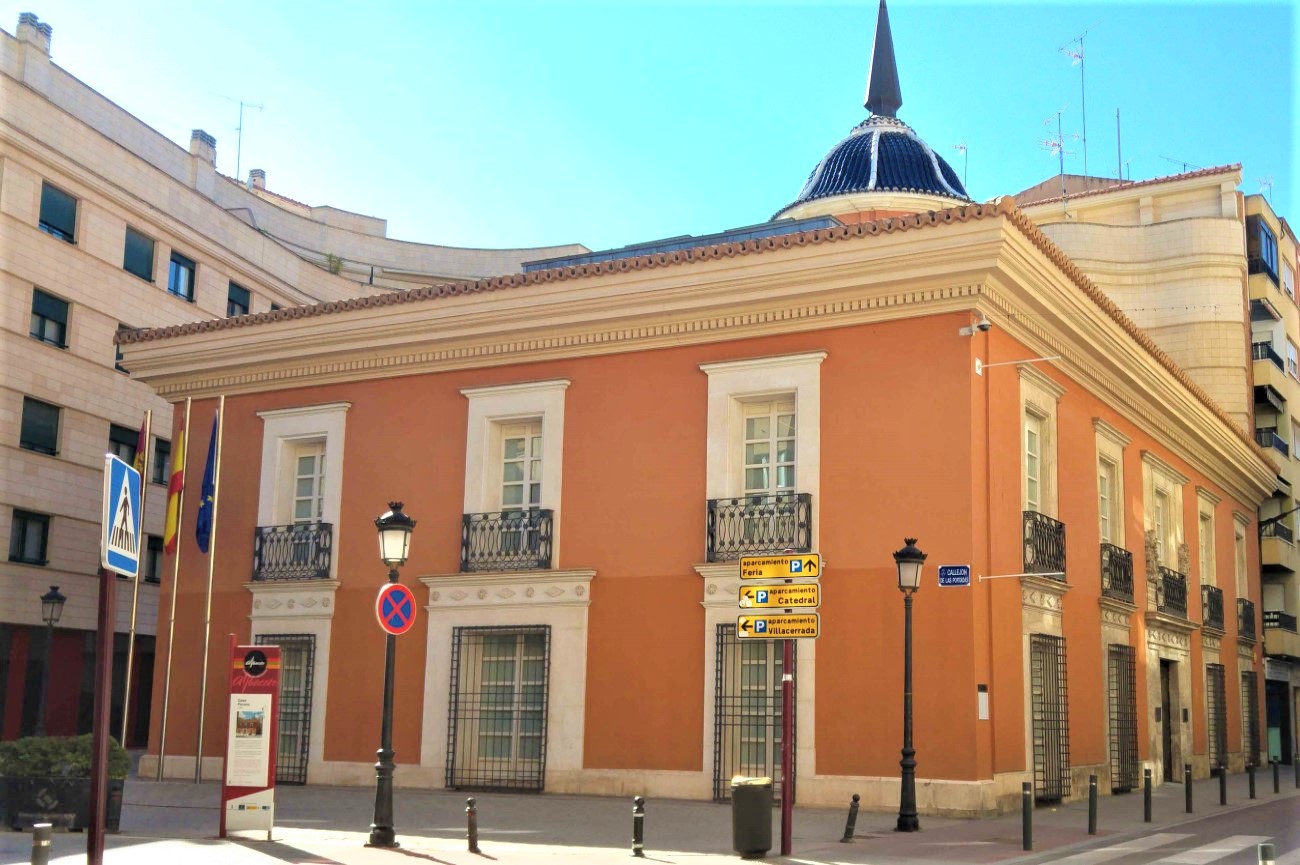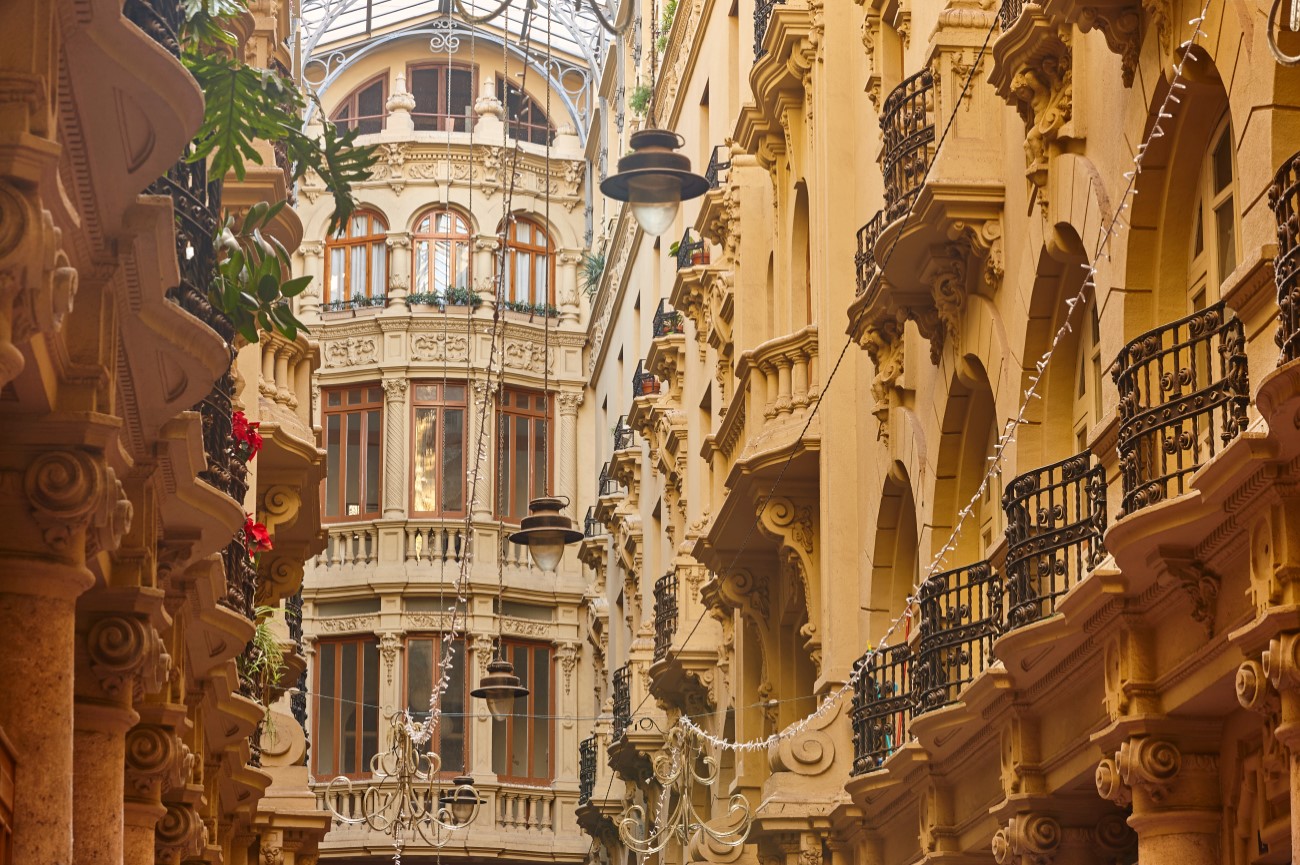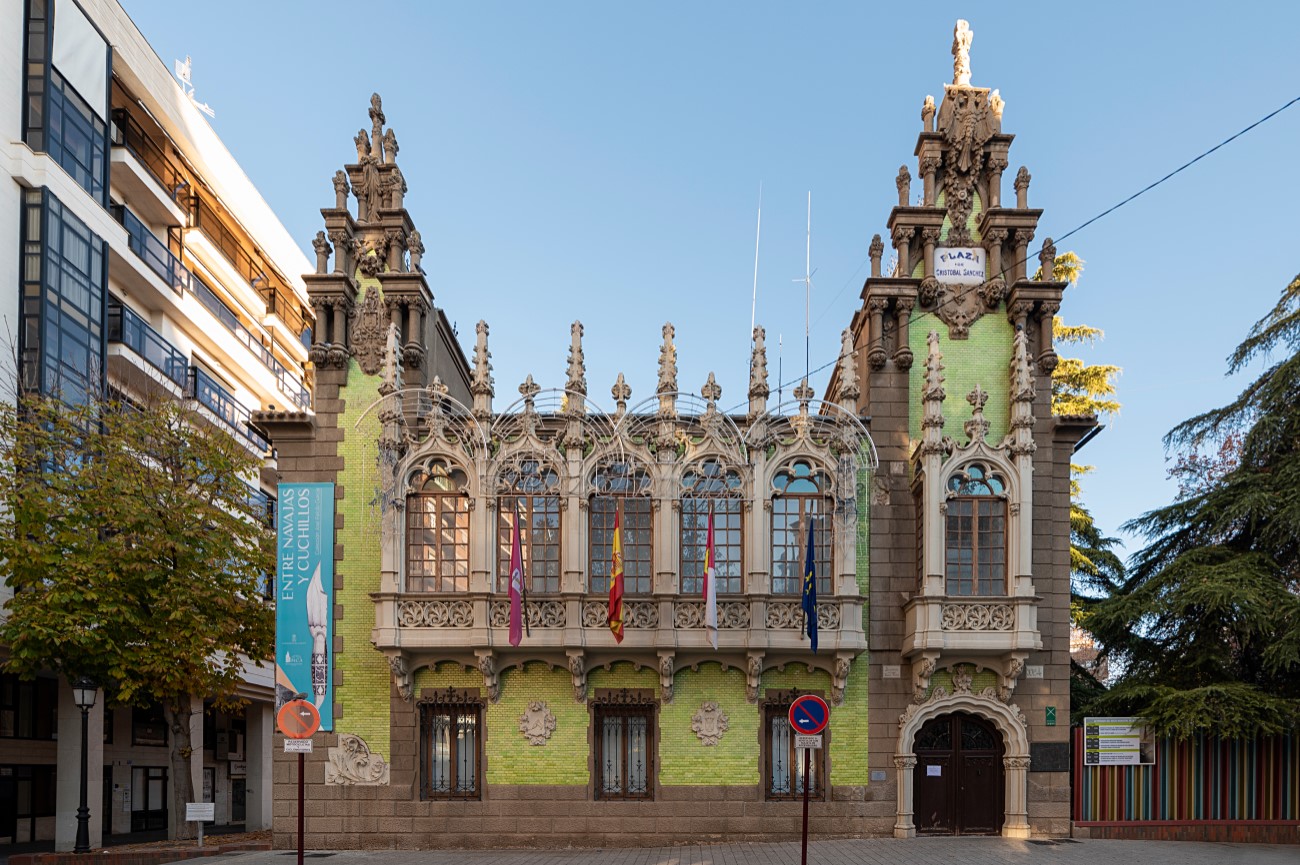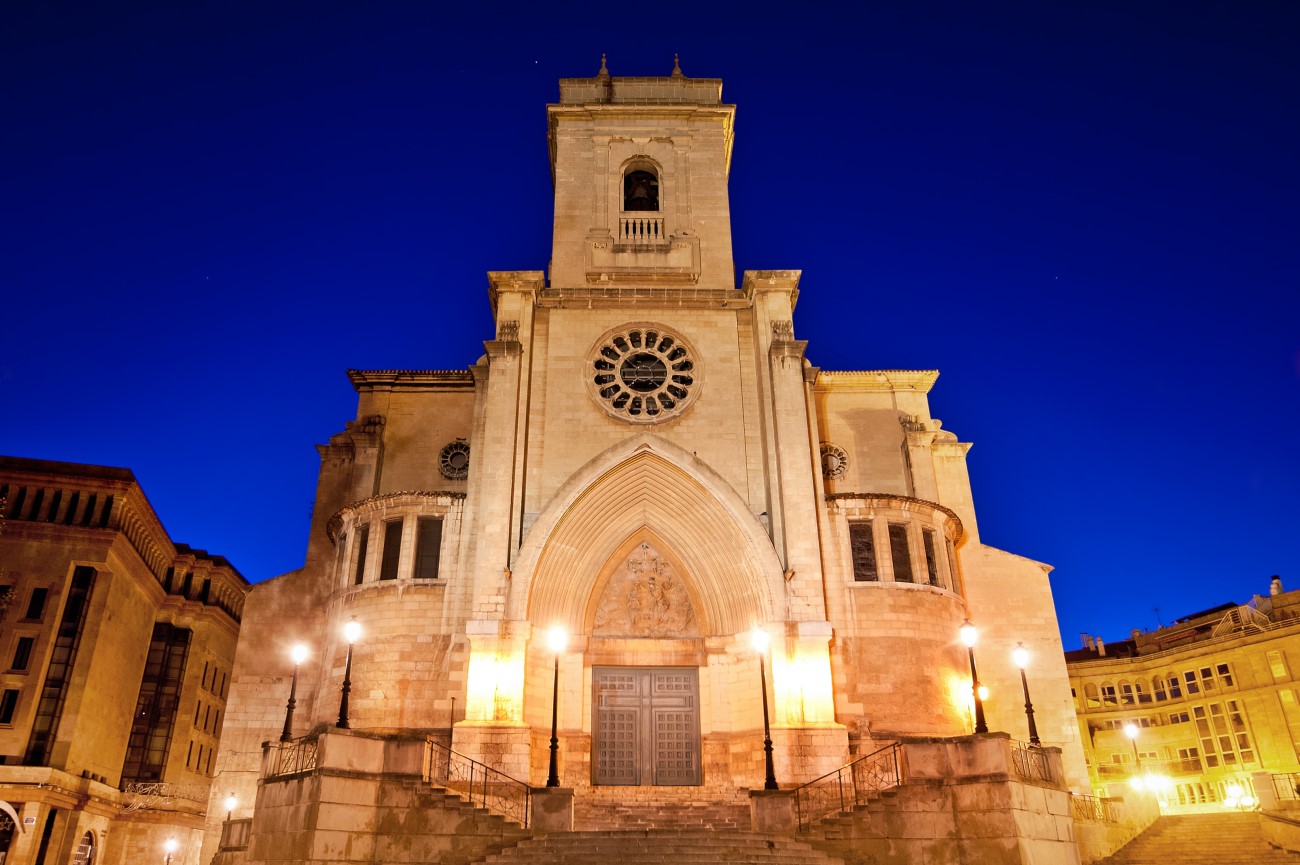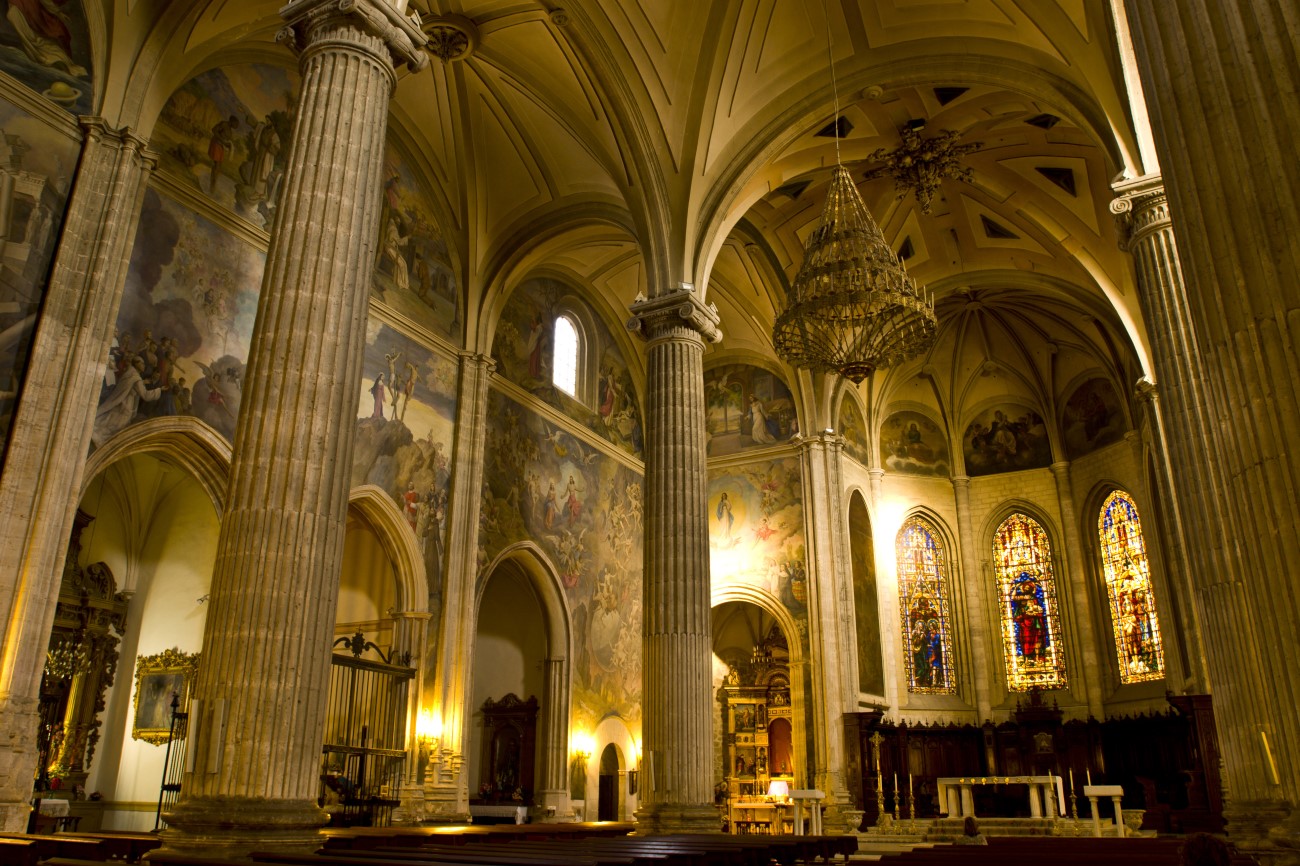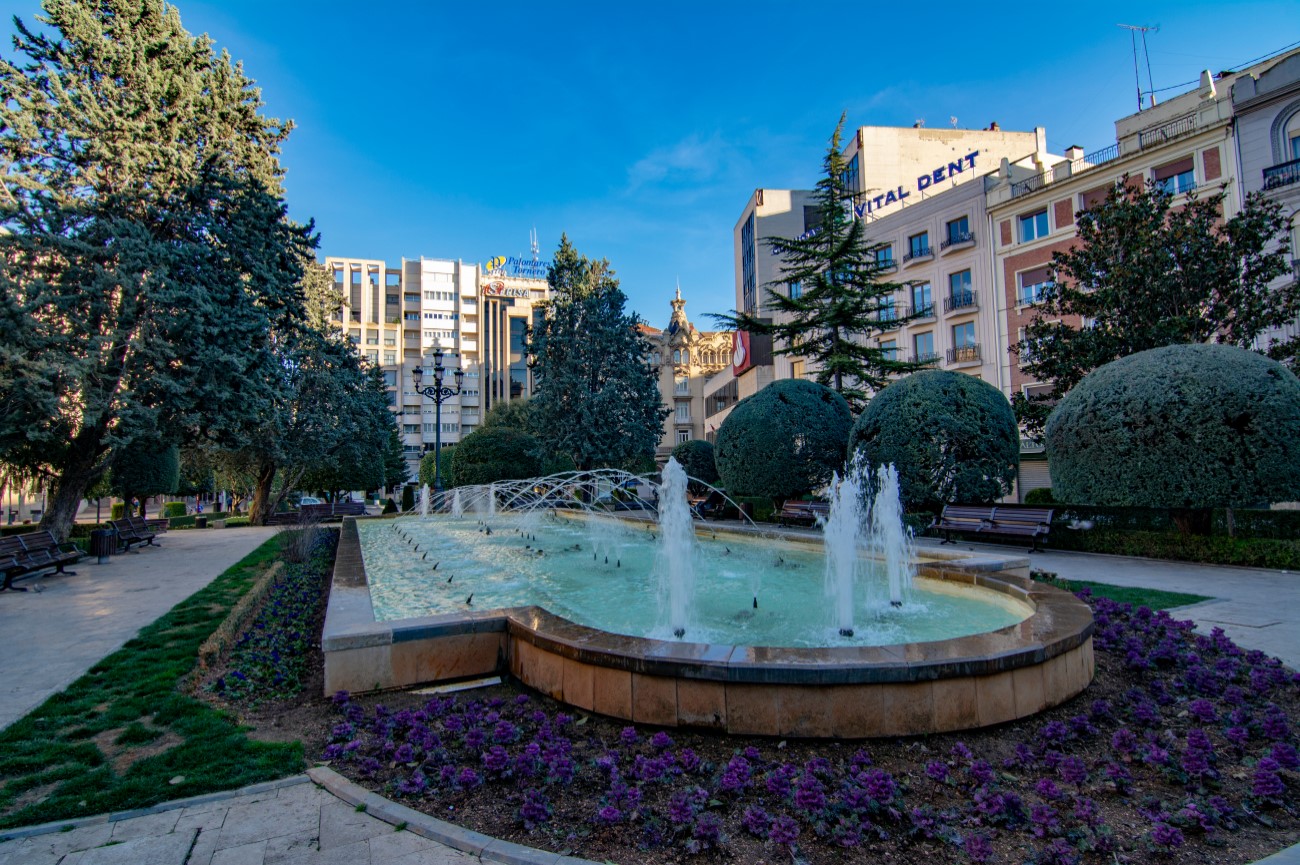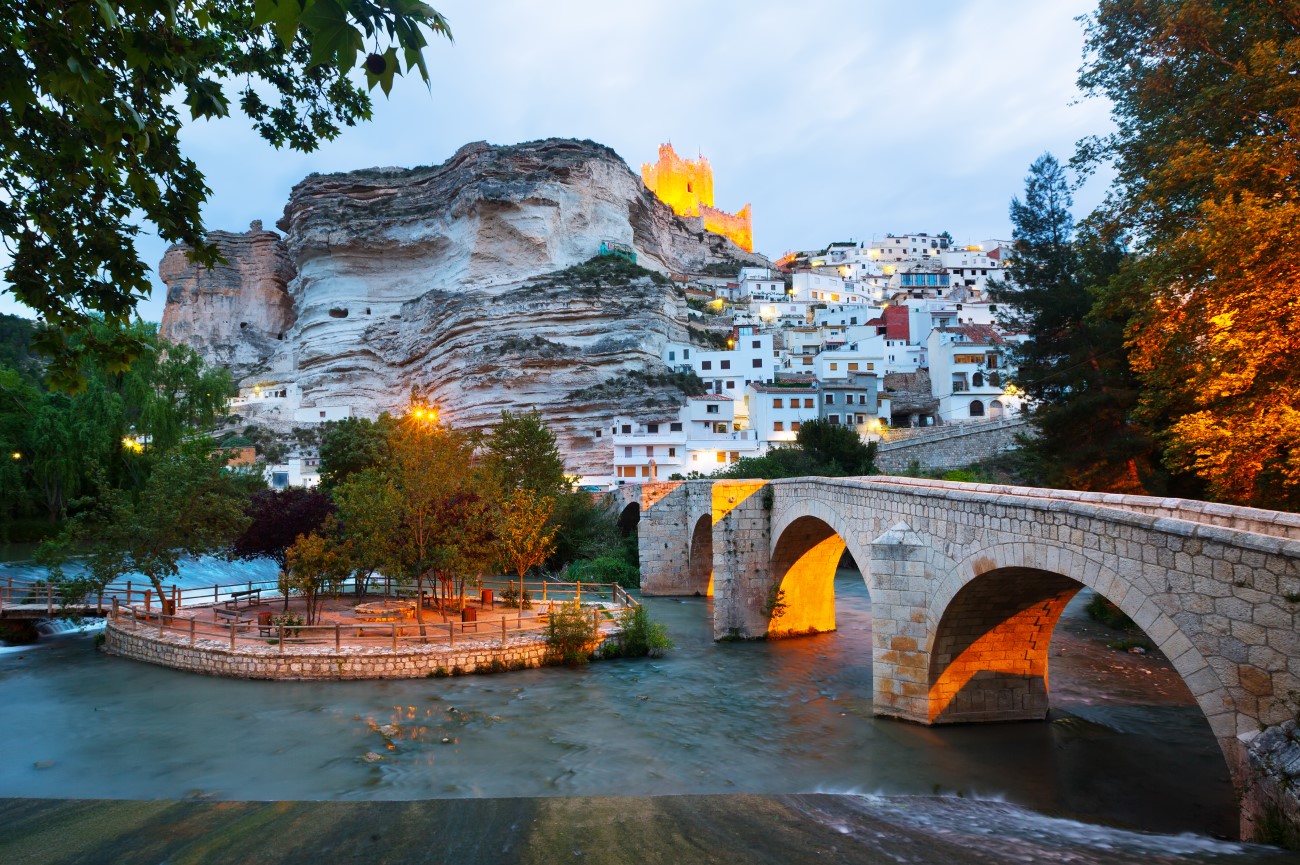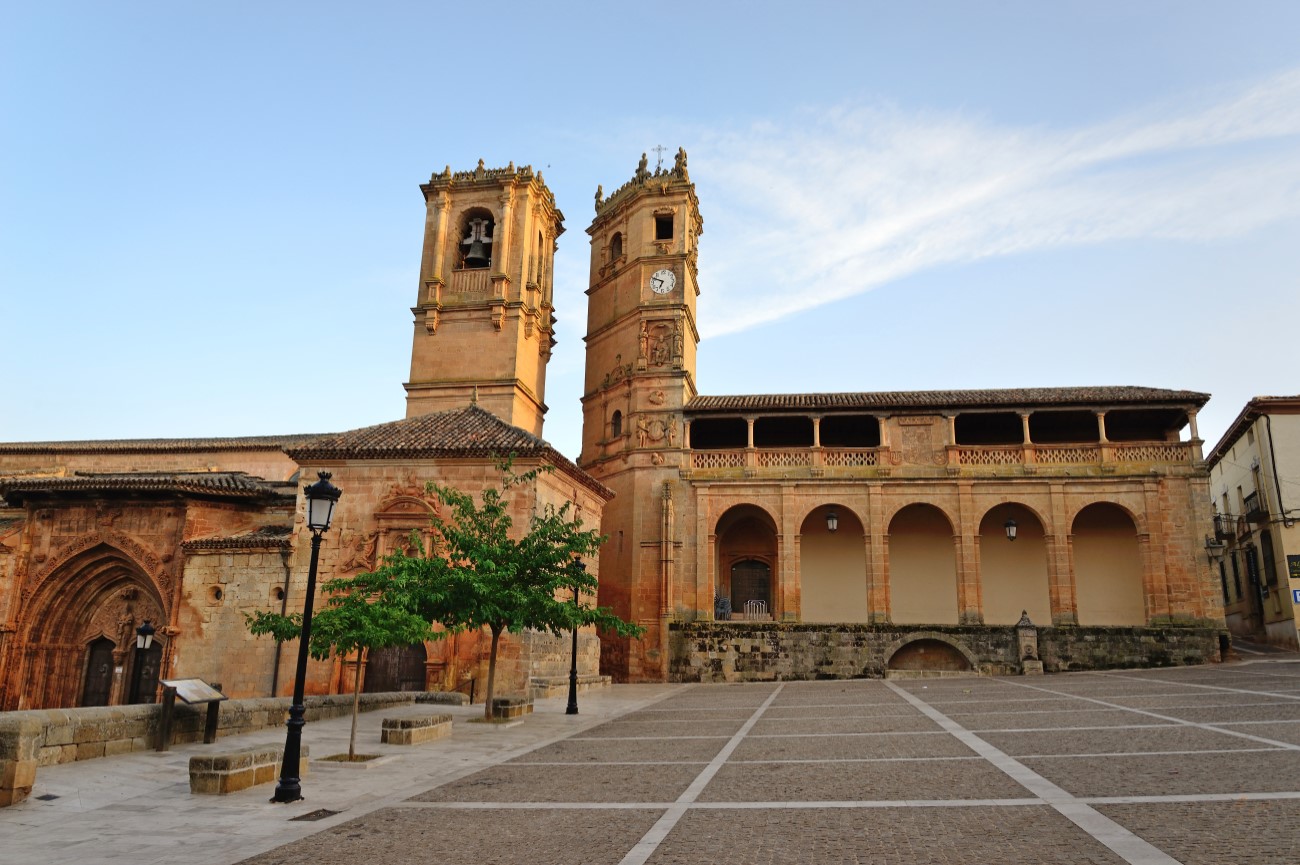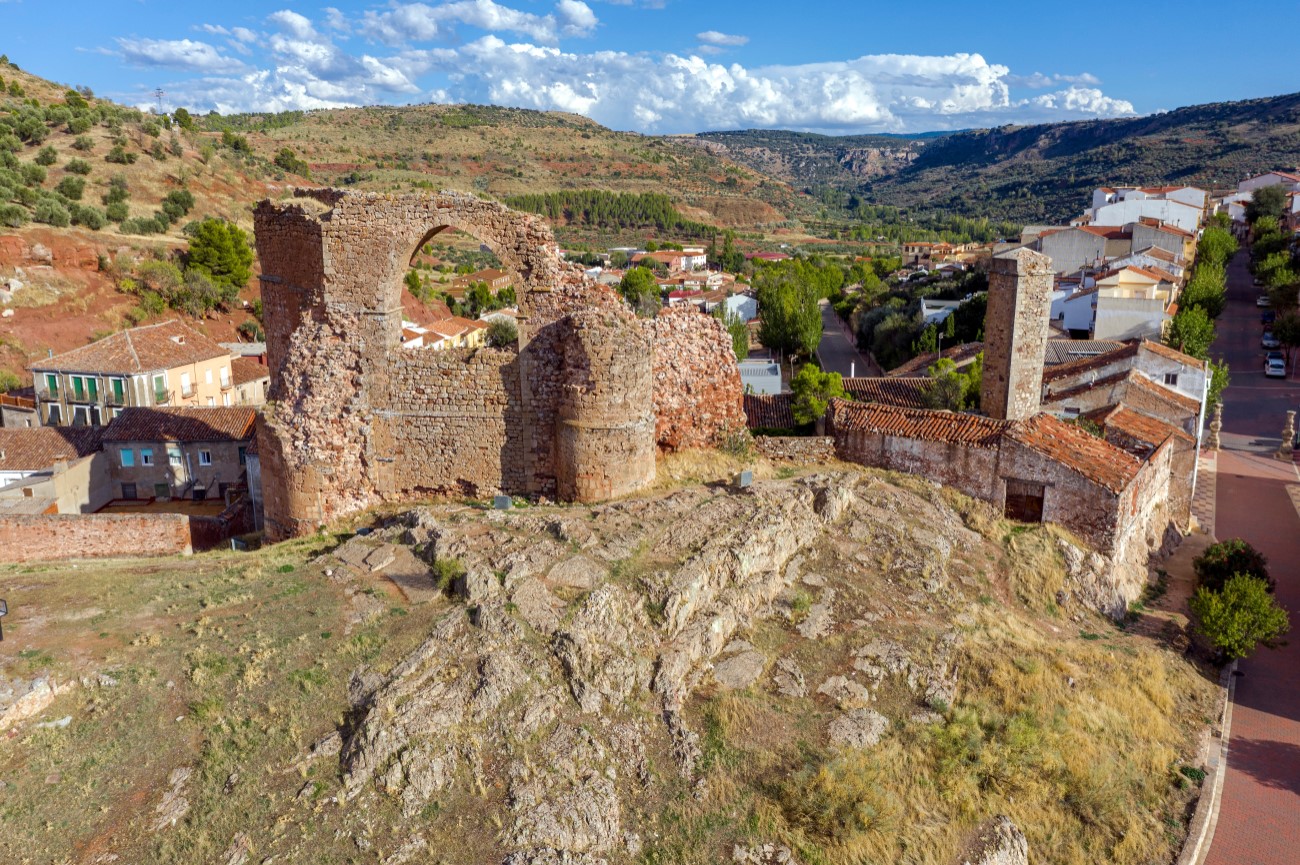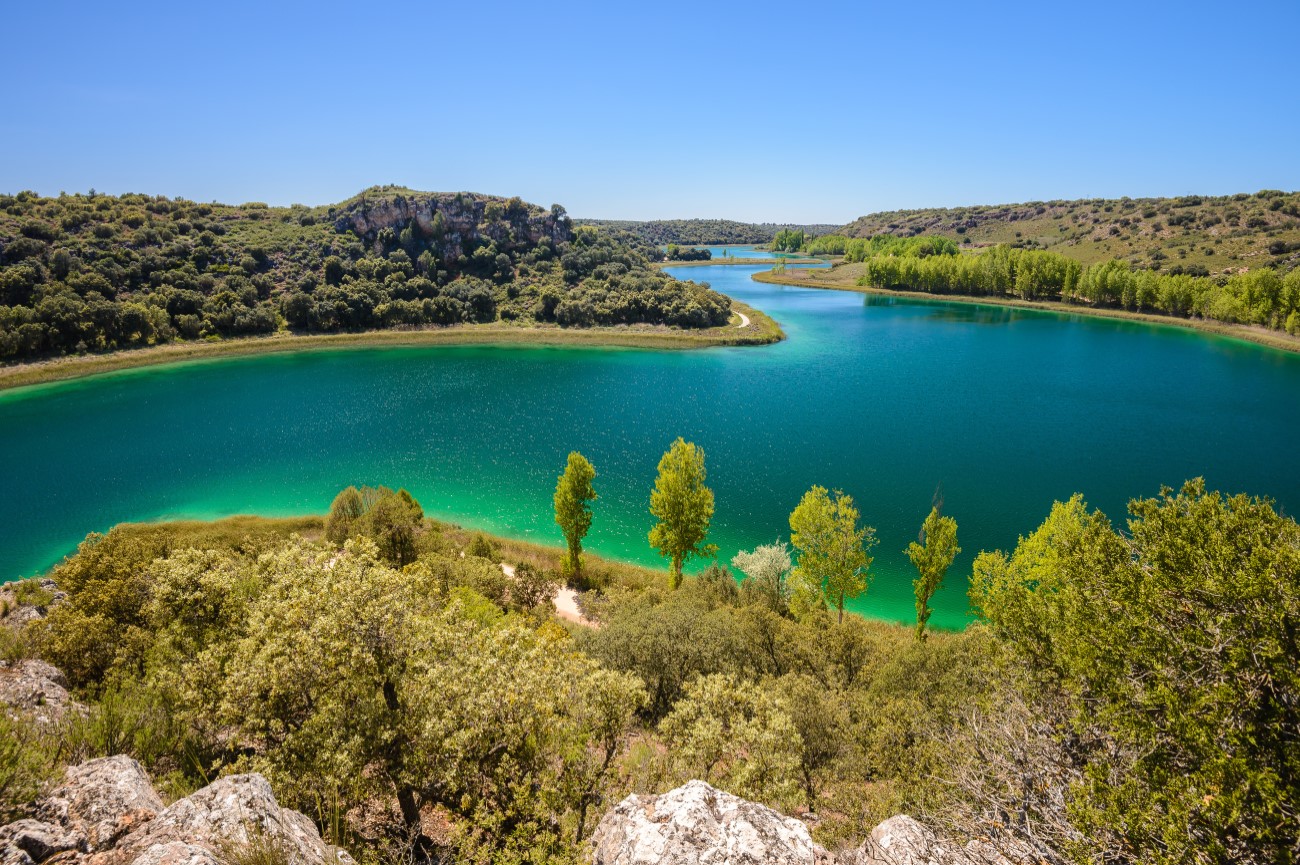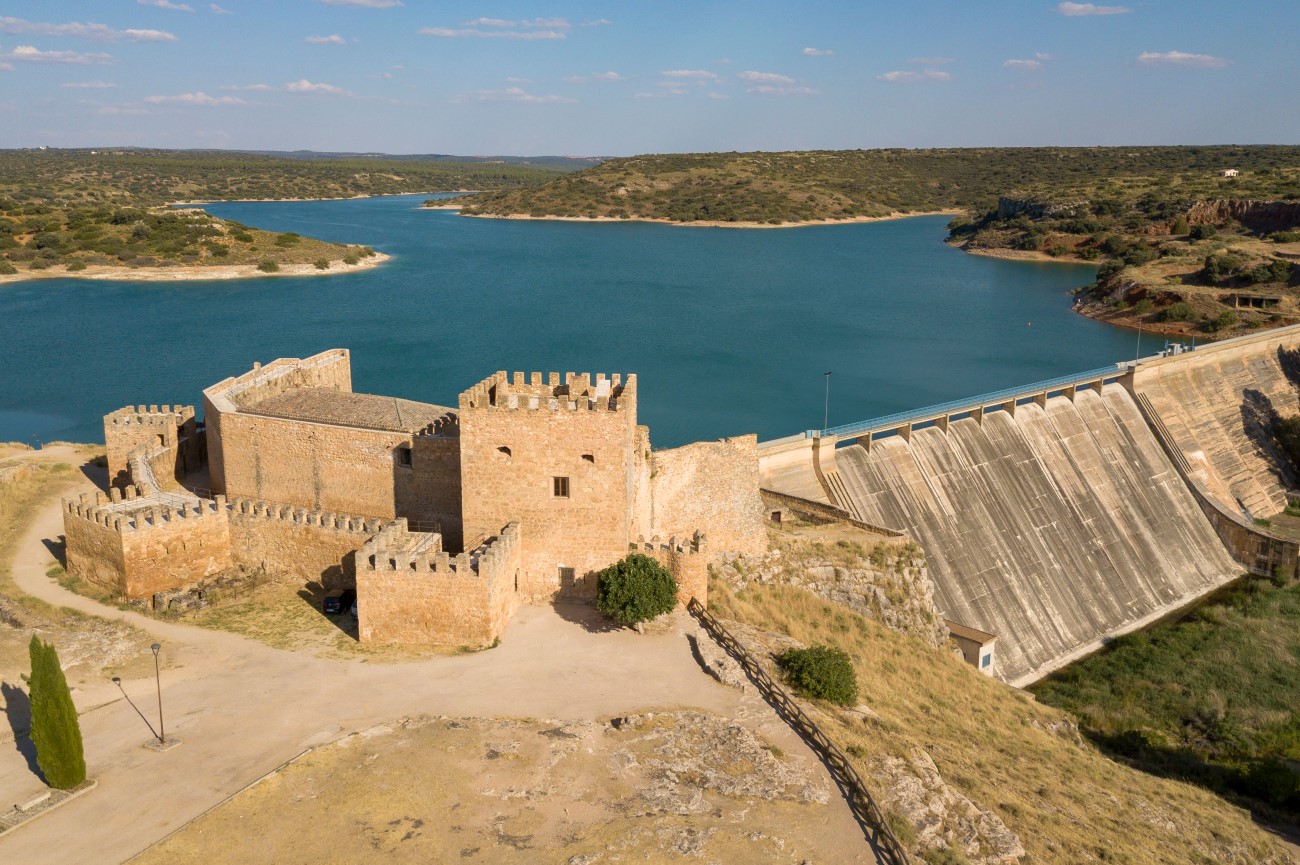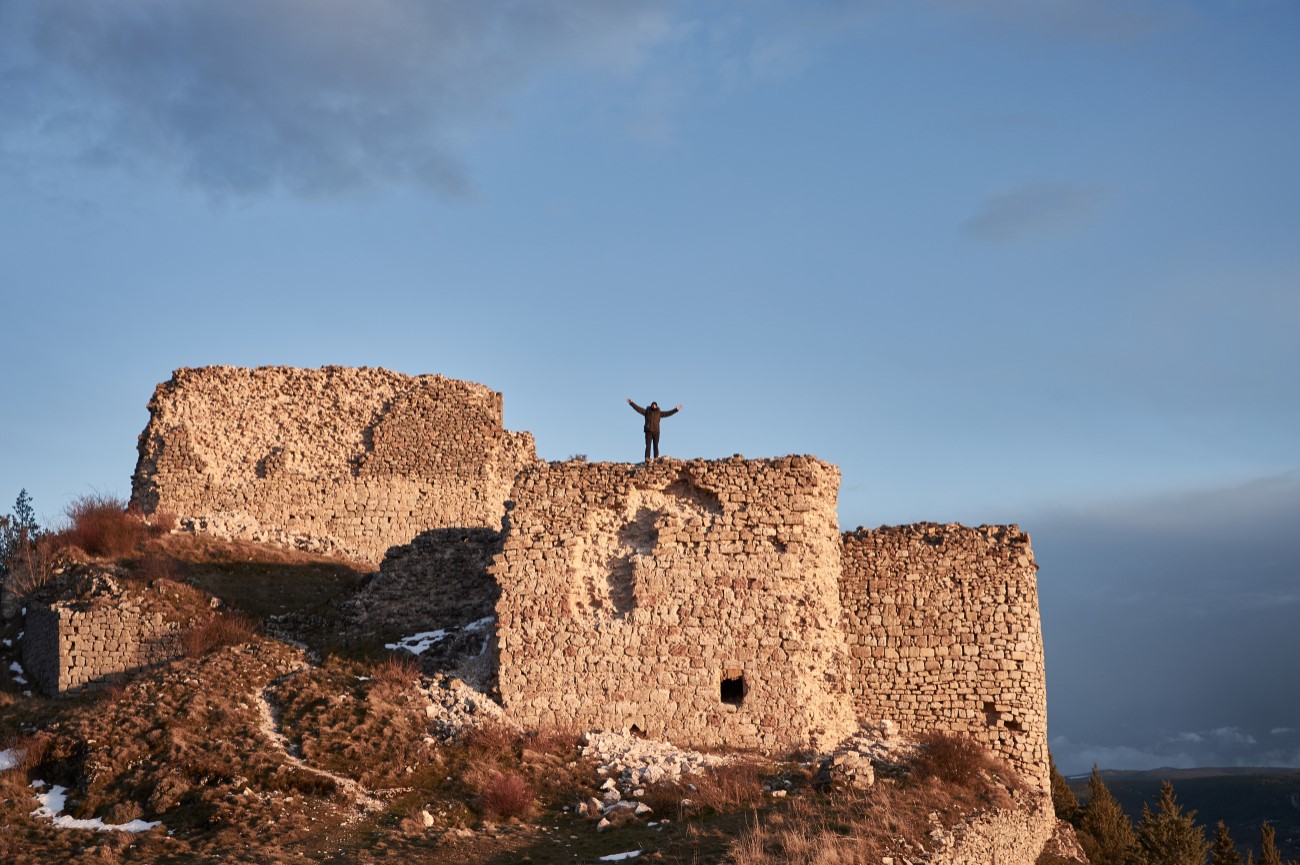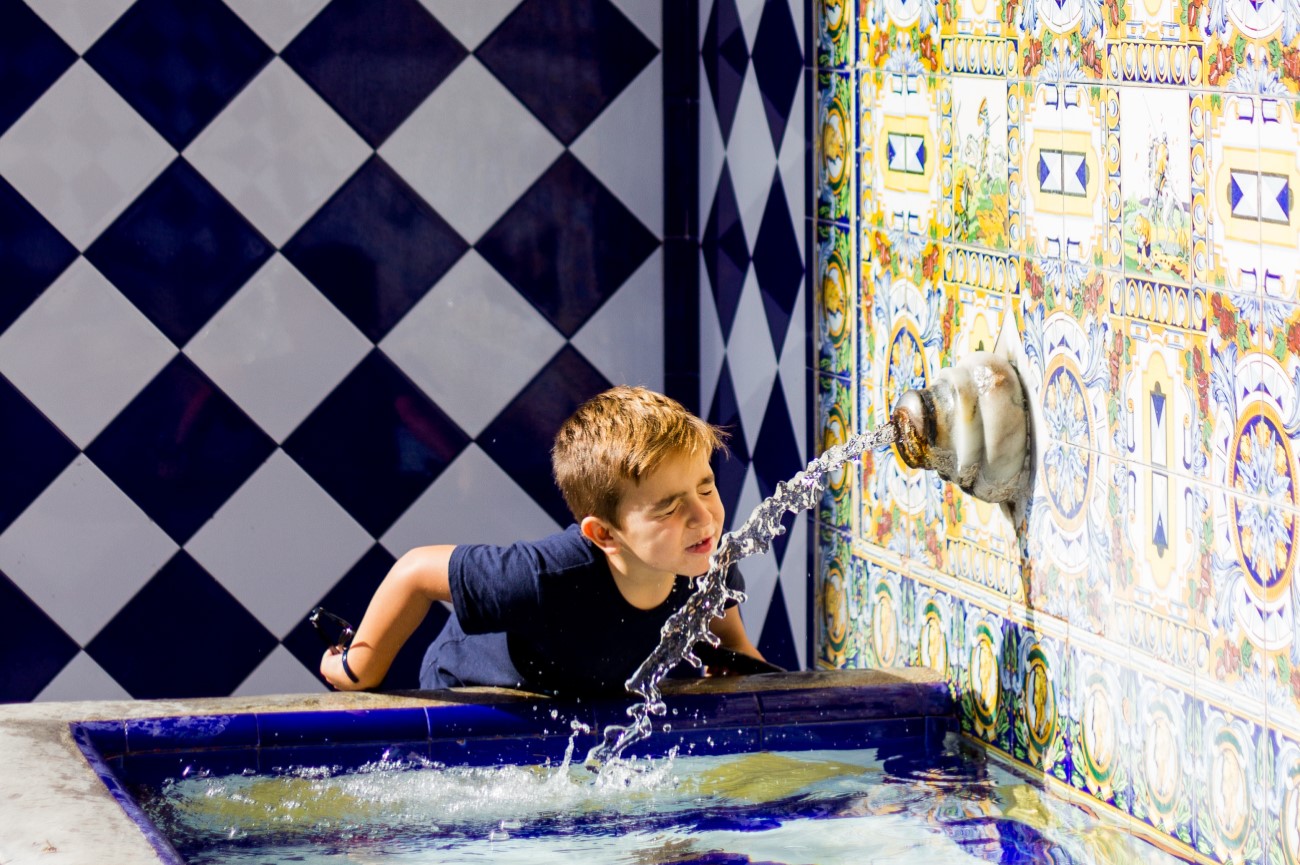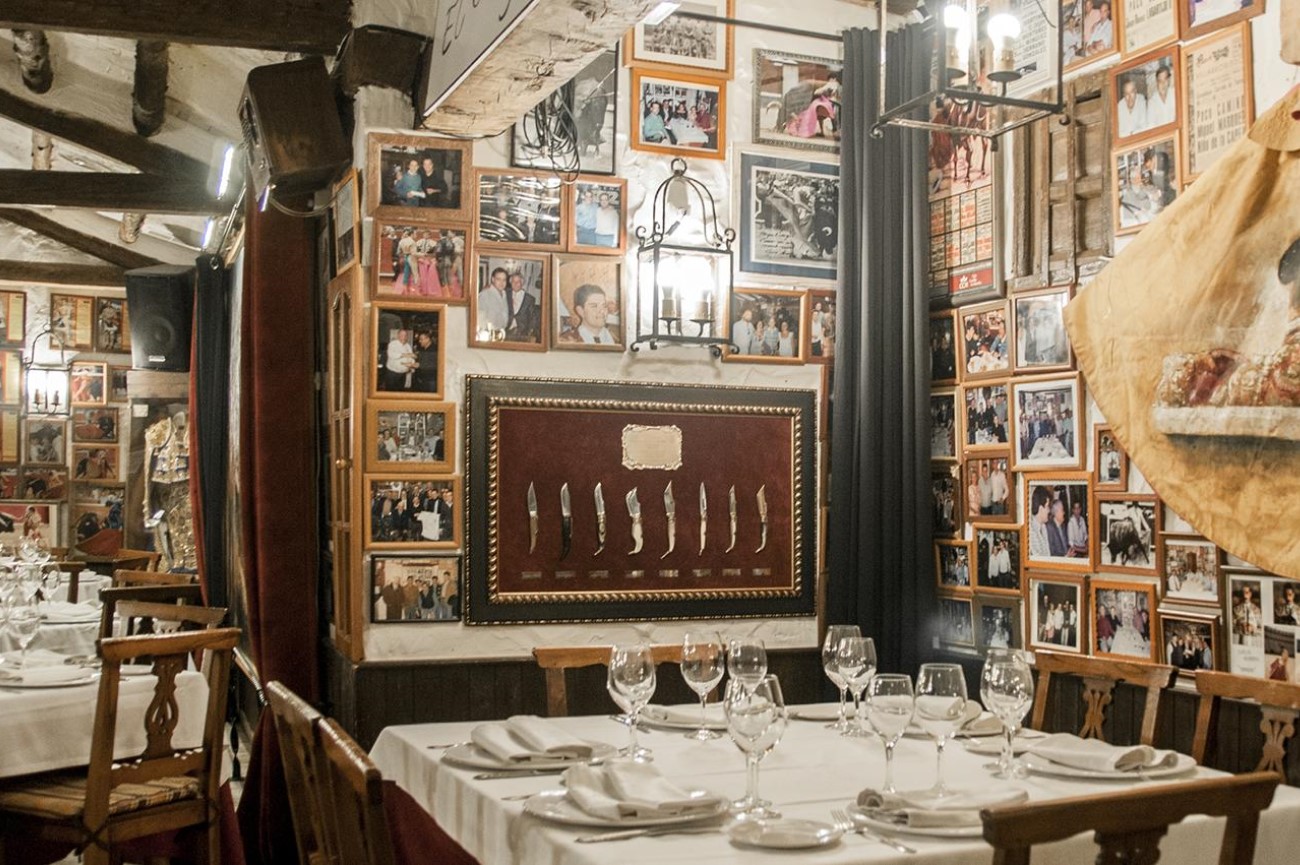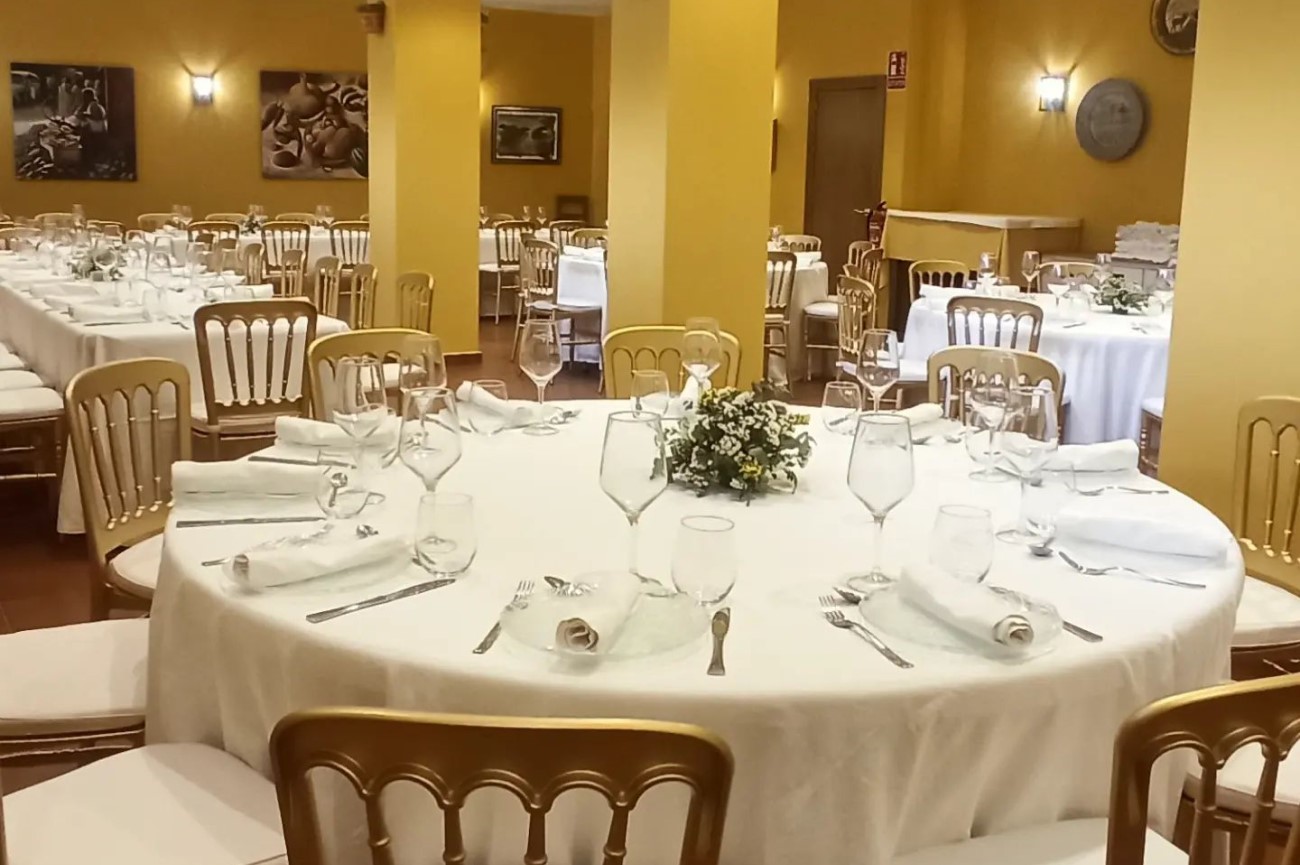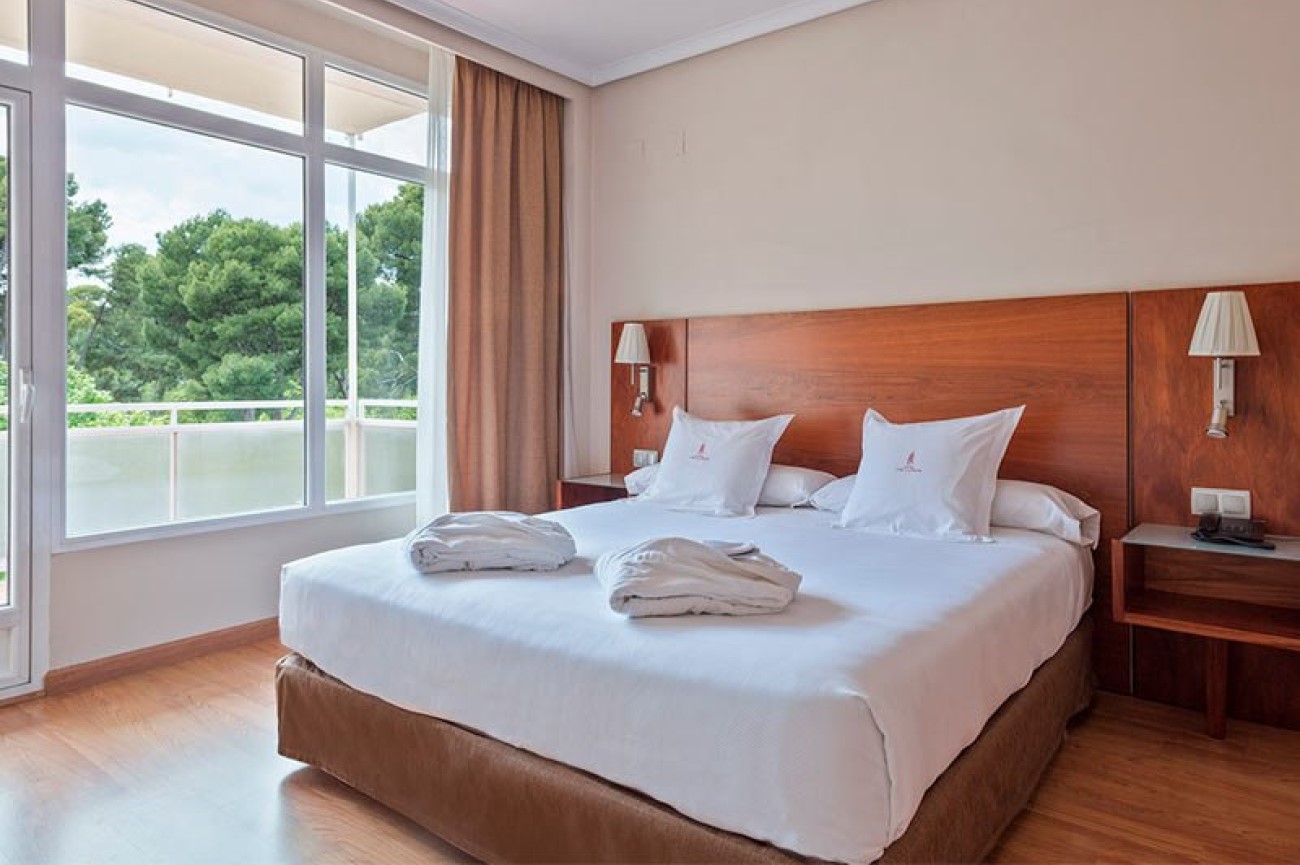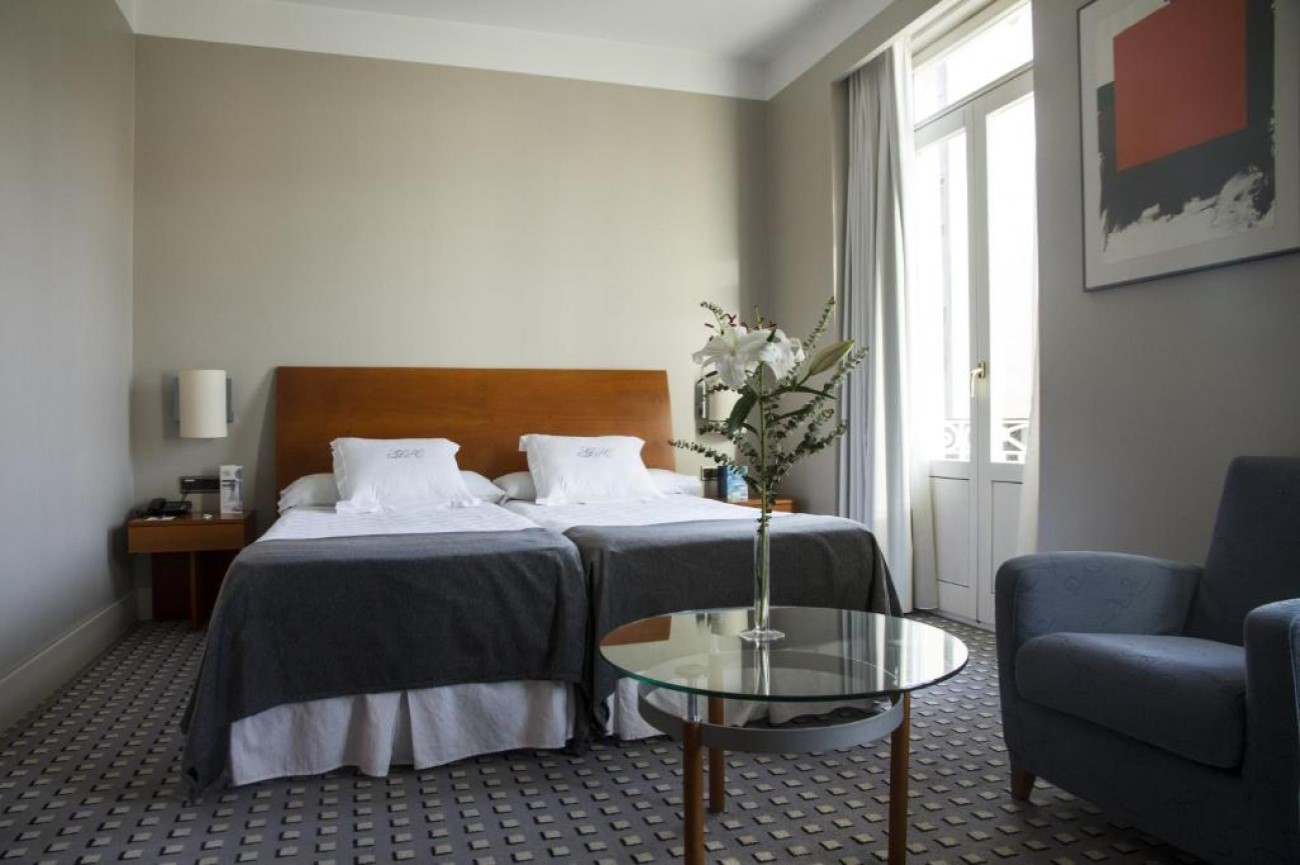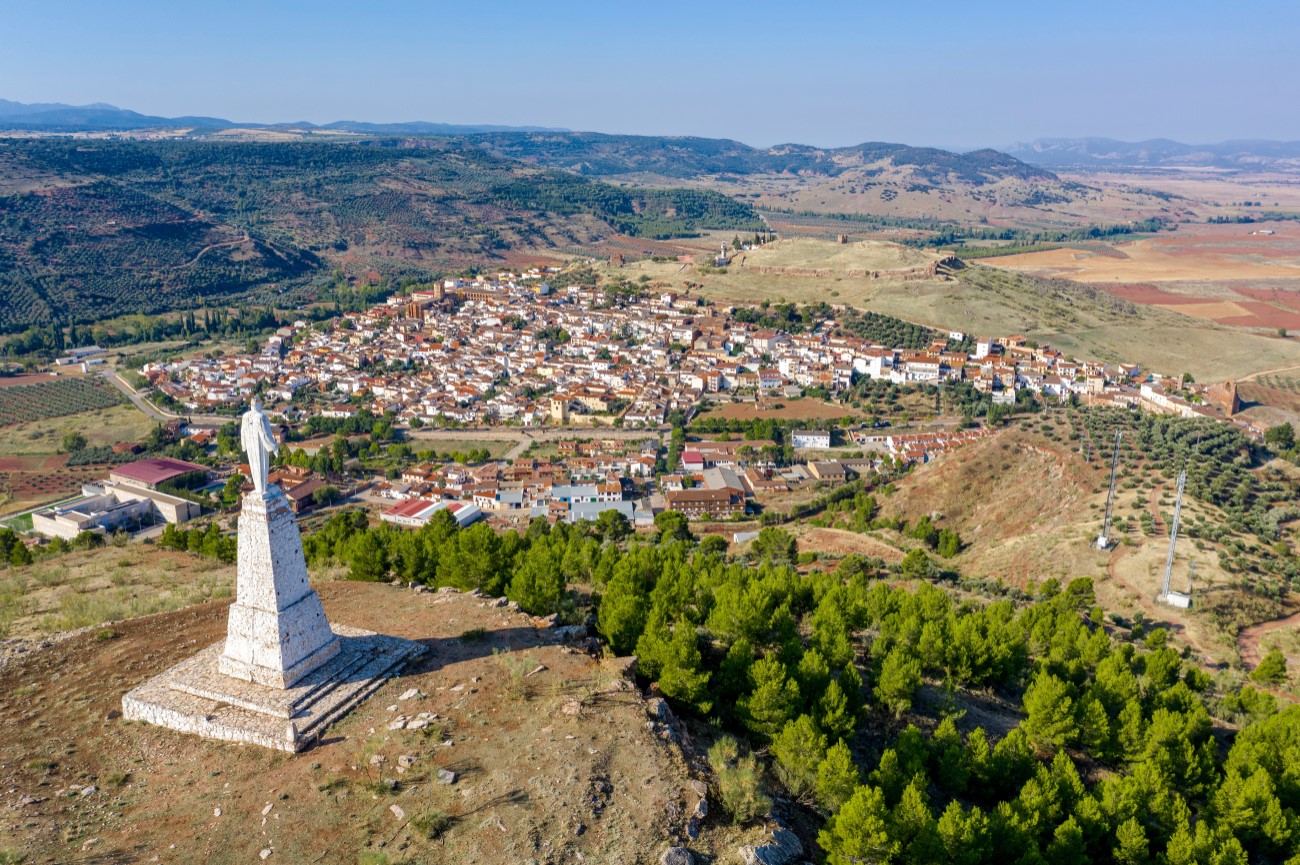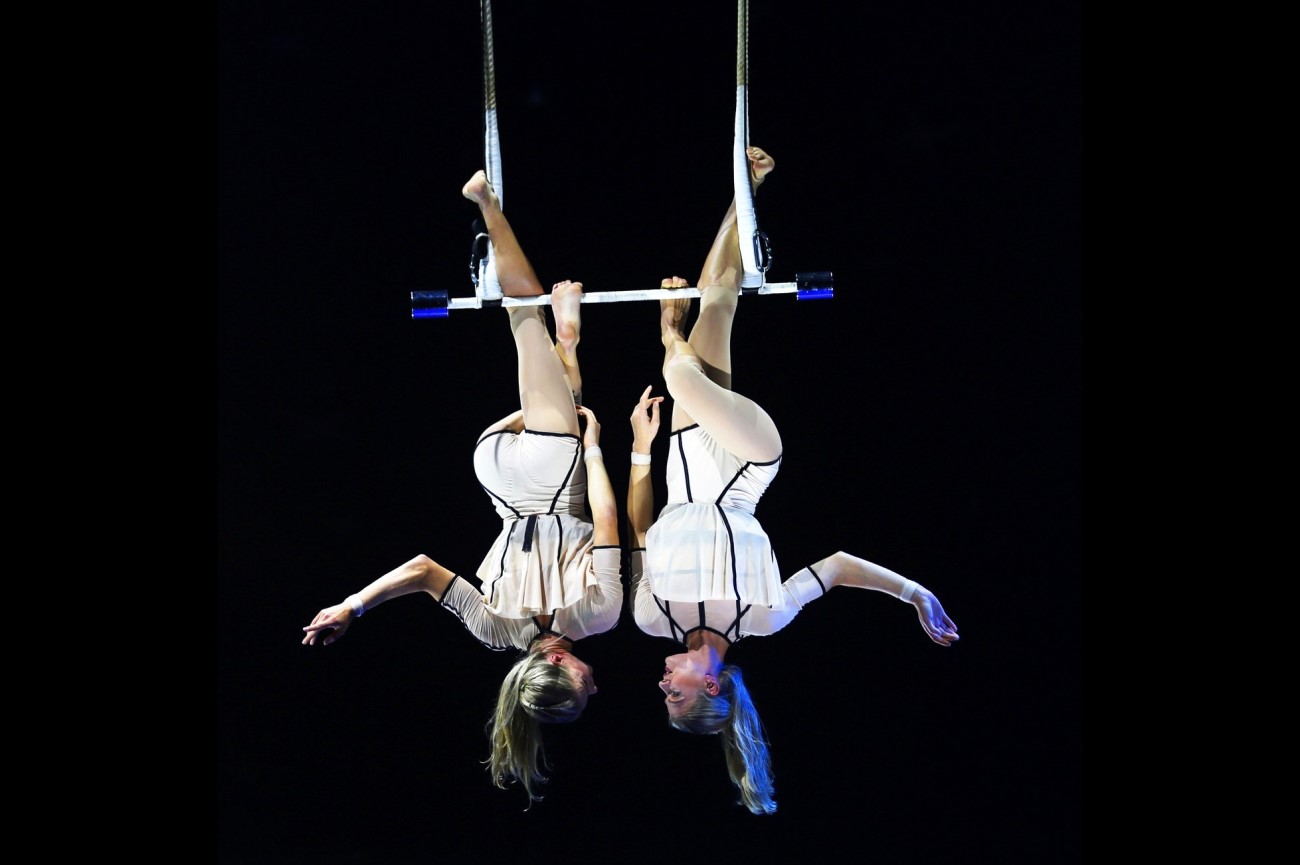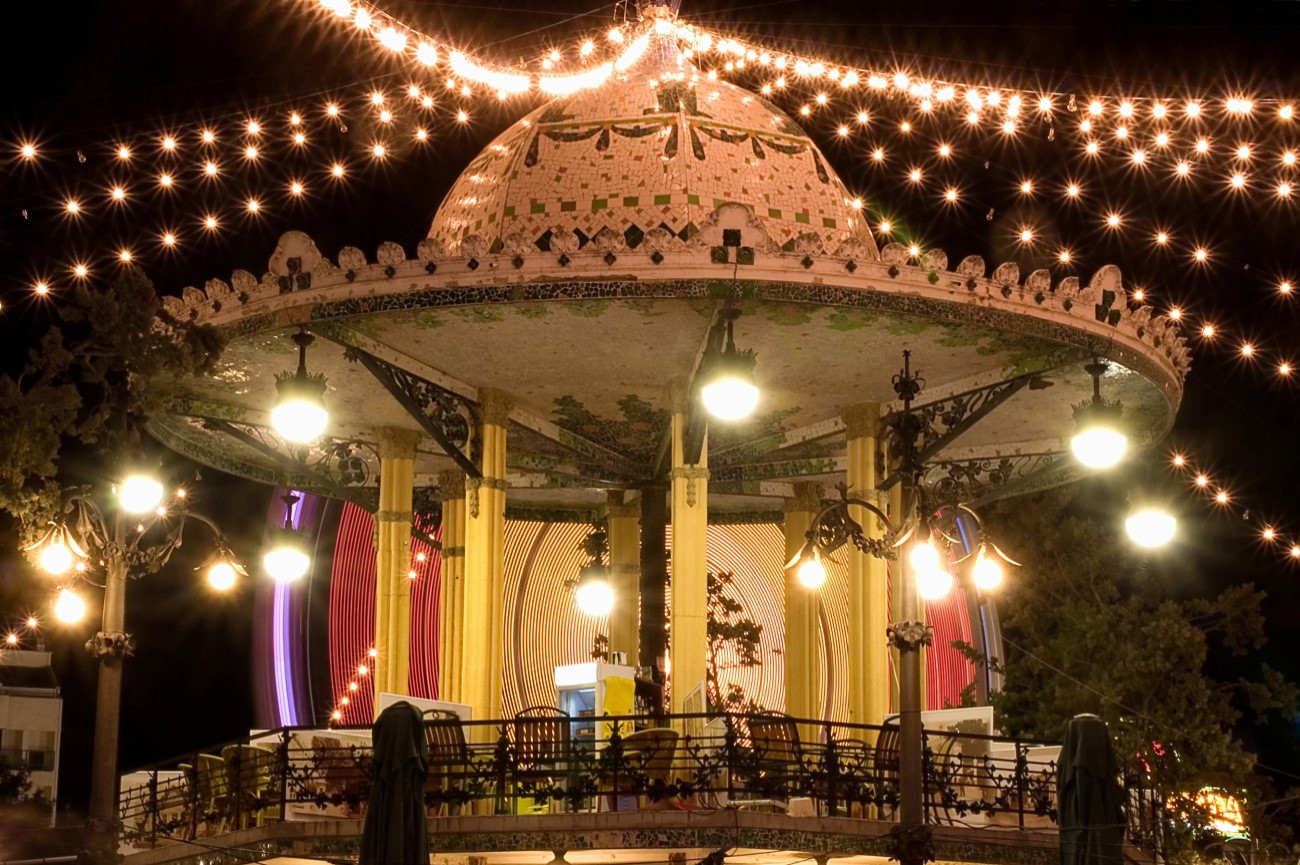Things to do in Albacete, Spain - 1-day itinerary
In the heart of Castilla–La Mancha lies Albacete, the region’s biggest city. It has been occupied since prehistoric times, but the first written references are from the 8th century when Albacete was an Arab village known as Al-Basit. Later in the 13th century, the city was conquered by the Christians.
Among the most iconic attractions here is the Catedral de San Juan Bautista de Albacete, a Gothic-style church that took 400 years to be completed. The city’s flat terrain makes it easy to explore everything on foot. Our one-day itinerary features the best things to do in Albacete, including tips on where to eat and stay.
Day 1

Morning: Albacete Museum
We’ll start our trip by visiting the Albacete Museum. Here you can learn everything about the city’s past heritage. Set inside Abelardo Sánchez Park, the museum features three sections. In the Archaeology area, you’ll find a series of items collected in nearby Palaeolithic sites. The Fine Art section focuses on contemporary art, while the Ethnology showcases a collection of old utensils used by the residents of Castilla in their day-to-day activities.
Abelardo Sánchez Park
After visiting the museum, take some time to wander around the surrounding park and enjoy one of the many green spaces that Albacete has to offer. Many locals head here to escape the summer heat.
Calle Tejares
Exit the park and head northeast towards the Calle Tejares. Here you’ll find many traditional houses with picturesque courtyards. A few steps from this famous street are several striking buildings like the Posada del Rosario with its diamond-shaped facade, the Rococo-style Casona Perona and the Old Monastery of Encarnación dating back to the 16th century.
Afternoon: Pasaje de Lodares
The area around Calle Ancha is heaven for shopaholics. It is a street filled with shops, from local and international brands to smaller boutiques and craft stores. Don’t miss the Pasaje de Lodares, a passage built in the 20th century, with shops divided by renaissance columns. You may notice a vast offer of cutlery, such as knives, as the region is famous for producing these items.
Casa de Hortelano / Museo de la Cuchillería
After taking a little walk through the streets of Albacete’s old town, head to Casa de Hortelano. This 20th-century modernist building houses the Museo de la Cuchillería, a museum dedicated to knives. It showcases the history of the knife-making industry in the region and its evolution from manual production to modern times. At the end of the tour, you can purchase a souvenir at the gift shop.
Catedral de San Juan Bautista de Albacete
Right in front of Casa de Hortelano is the most iconic building in Albacete: the Catedral de San Juan Bautista de Albacete. Construction began in 1515, but it took 400 years to complete, absorbing many architectural styles. The basis of the building is Gothic. However, there are many Baroque and Renaissance-style details on the exterior and interior.
Plaza del Altozano
Plaza del Altozano is the perfect place to end the day with a drink or a relaxing stroll in the nearby gardens. This lovely square is the heart of the city centre. Iconic buildings worth checking include the Municipal Museum, the Gran Hotel, the Palace of Justice, the Film Library and the Bank of Spain. In the centre of the square, surrounded by the Altozano gardens, is a monument that celebrates the city’s connection with the cutlery industry.
Albacete Tour Map
Other things to do near Albacete
- Alcalá del Júcar: Considered one of the most beautiful villages in Spain, Alcalá de Júcar sits amid rocky cliffs and the Júcar river. Among its picturesque features are the cave houses carved out of the mountains. The narrow streets lead you to a Moorish castle, which offers incredible panoramic views. Other landmarks include a Roman bridge and the 16th-century Church of San Andrés. It’s about an hour away from Albacete.
- Alcaraz: You’ll find this historic town between Alcatraz and the Segura mountain range, about 80km from Albacete. It’s worth taking a stroll through the centre, where you’ll find the monumental Plaza Mayor. Meanwhile, at the top of the hill are the ruins of a 13th-century castle.
- Lagunas de Ruidera: This natural park is the largest wetland in Castilla–La Mancha. Stretching for 25km, it features more than a dozen lagoons. The park has been a protected area since 1933. Highlights include the Cueva de Montesinos, the Peñarroya Castle and the Rochafrida Castle. You can also book a guided tour and explore the area on foot or by canoe.
Top things to do with kids in Albacete
One of the best things to do with kids in Albacete is to explore the local parks. Whether it’s the small gardens around the Albacete Museum or larger spaces like the Parque de la Pulgosa, there is usually a playground where families can hang out. There are only a handful of attractions in the centre, allowing you to explore the city at a slower pace. Alternatively, you can combine your visit with a day trip to nearby villages or explore the nature trails around Lagunas de Ruidera.
Where to eat in Albacete
Albacete is renowned for its meat dishes. Among the local specialities are the Cochinillo de Segovia (roasted piglet) and the Caldereta manchega (lamb stew). Some meals are a twist on national recipes, like the gazpacho manchego, which often comes with rabbit meat. For dessert, look for the Miguelitos cakes, a flaky cake filled with cream. These are especially popular during local festivities. Below are a few of the best places to eat in Albacete:
- El Callejón de los Gatos: This traditional restaurant is the perfect spot to sample Manchego cuisine. The whole place is decorated with bullfighting photos and posters. It’s famous for its oxtail, but you can also order other dishes, such as lamb, tuna and codfish.
- Mesón el Sol: One of the most popular dining spots in Albacete, open since 1997. It’s renowned for its rice dishes, which can be paired with seafood, pork or vegetables.
- Asador Concepción: This family-run restaurant is only a few steps from the city's cathedral. Specialities include tuna tataki, sirloin steak and apple pie for dessert.
Where to stay in Albacete
- Sercotel Los Llanos (4 stars): This modest hotel is near the Abelardo Sánchez Park. The location is ideal for exploring the city's top attractions. It features 79 rooms, including adapted alternatives for people with reduced mobility. Facilities include a restaurant, bar and private parking.
- Gran Hotel Albacete (4 stars): This century-old hotel stands out with its ornate Renaissance facade. It's located in the heart of the city centre at Plaza del Altozano. It offers both double rooms and suites. Breakfast can be included in your stay.
Best time to visit Albacete
If you’re coming to Albacete, the best time to visit is between April and June or September and October. At this time, the temperature is warm and pleasant, and there is very little rain. July and August are the hottest months, making them less favourable for sightseeing. If you want to enjoy festivals in Albacete, aim to visit in September.
Albacete Festivals
- International Circus Festival: Every year around February, the city welcomes an international festival dedicated to circus arts. Performances are usually hosted at the Teatro Circo.
- Feria de Albacete: This traditional festival celebrates the Virgin of Los Llanos, the city’s patron saint. It takes place from September 7th to 17th. During this time, the streets come alive with games, dancing, fireworks and bullfighting events.


